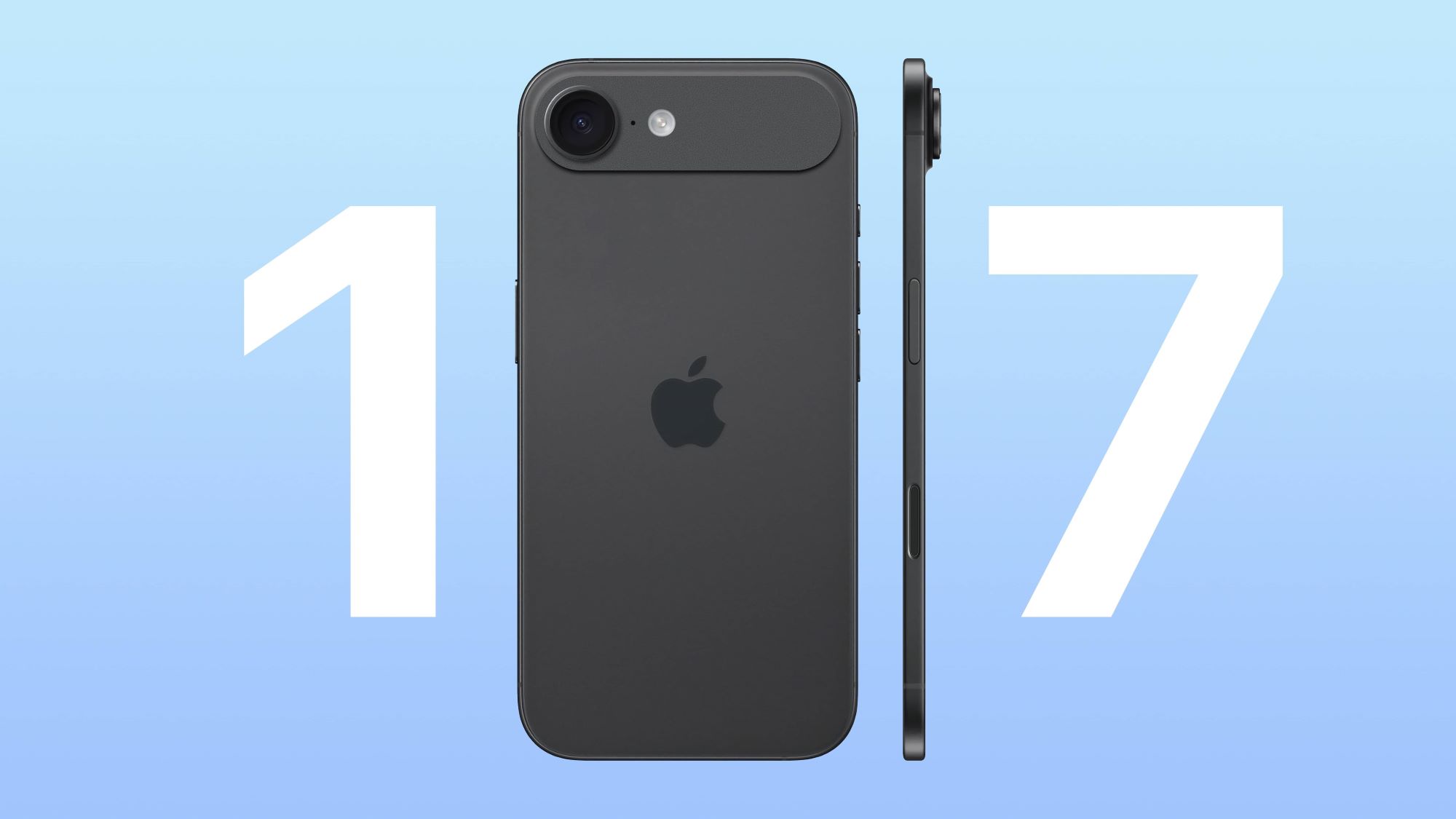It’s been a decade since the Apple Watch first landed on wrists, promising not just convenience and connectivity, but a new way to think about our health and fitness. Remember those initial steps, the simple buzz on your wrist urging you to stand? Fast forward ten years, and the landscape of wearable technology is crowded with contenders, each vying for a spot in your active life. Yet, through it all, the Apple Watch has consistently remained a dominant force. But is it still the best fitness tracker out there, all these years later?
When the Apple Watch debuted, its fitness capabilities, while promising, were relatively basic compared to dedicated fitness trackers already on the market. The iconic Activity rings – Move, Exercise, and Stand – were the core. They were simple, visually engaging, and, crucially, effective motivators for many. This focus on making activity tracking accessible and even a little game-like was a smart move. It wasn’t just about logging workouts; it was about encouraging consistent movement throughout the day.
Over the past decade, Apple has steadily built upon this foundation, transforming the Apple Watch into a sophisticated health and fitness companion. The evolution has been significant. We’ve seen the introduction of built-in GPS, making outdoor workout tracking independent of your iPhone. Water resistance opened up swimming as a tracked activity. The heart rate sensor became more advanced, enabling features like resting heart rate measurements, elevated heart rate notifications, and eventually, the groundbreaking ECG app, capable of generating an electrocardiogram similar to a single-lead ECG. This moved the Apple Watch beyond just fitness and into the realm of serious health monitoring, with features like irregular rhythm notifications that can alert users to potential signs of atrial fibrillation (AFib), a serious heart condition.
More recent iterations have brought even more advanced health sensors and capabilities, including blood oxygen monitoring and temperature sensing, which powers features like retrospective ovulation estimates for cycle tracking. Sleep tracking has become more comprehensive, offering insights into sleep stages. For athletes, features like V̇O₂ max estimation, running form metrics, and the ability to create custom workouts have added layers of depth. The Apple Watch Ultra pushed these capabilities further with enhanced GPS accuracy for challenging environments, a depth gauge for divers, and a customizable Action button for quick access to workouts.
Comparing the Apple Watch to its competitors like Fitbit and Garmin reveals a nuanced picture. Dedicated fitness trackers from brands like Fitbit often excel in specific areas, such as sleep tracking depth or battery life, and are typically more budget-friendly. Garmin, on the other hand, is a powerhouse for serious athletes, offering extensive metrics, advanced training load analysis, and significantly longer battery life, particularly on their higher-end models.
However, the Apple Watch holds several key advantages that contribute to its enduring appeal as a fitness tracker. Its seamless integration with the Apple ecosystem is a major draw for iPhone users. The Fitness app on the iPhone provides a comprehensive dashboard for all your activity and health data, presenting trends and insights in an easy-to-understand format. The vast ecosystem of third-party fitness apps available on the App Store allows for incredible customization and specialized tracking for almost any activity imaginable. Want to track your pickleball games? There’s likely an app for that. Need guided meditations or specific workout programs? The Apple Watch has you covered through its apps and services like Apple Fitness+.
Beyond features, the accuracy of the data the Apple Watch collects is crucial. While no wrist-based wearable is a perfect substitute for medical-grade equipment, studies have shown the Apple Watch’s heart rate sensor to be generally accurate, especially during activities like walking and running, though accuracy can sometimes vary during high-intensity workouts. Features like the ECG app have received regulatory clearances, underscoring their reliability for their intended purpose. Apple also provides guidance on calibrating the watch for improved accuracy in distance and pace measurements.
Perhaps the most compelling argument for the Apple Watch as a fitness tracker is its demonstrated impact on user behavior and health outcomes. The simple act of closing those Activity rings has motivated millions to move more. Studies, including data shared by Apple, have indicated that regular Apple Watch use, particularly consistently closing activity rings, is associated with positive health changes, such as reduced likelihood of reporting sleep disturbances, elevated resting heart rates, and stress symptoms. This isn’t just about tracking; it’s about prompting healthier habits and providing users with valuable insights into their well-being that they might not have otherwise. The integration of health features like fall detection and high/low heart rate notifications has even been credited with saving lives, adding a powerful dimension beyond just fitness tracking.
Ten years in, the Apple Watch is far more than just a gadget that tracks your steps. It has evolved into a sophisticated, integrated health and fitness platform that leverages advanced sensors, intelligent software, and a vast ecosystem of apps and services to empower users to live healthier lives. While competitors offer compelling alternatives, particularly for niche use cases or those outside the Apple ecosystem, the Apple Watch’s combination of comprehensive features, ease of use, seamless integration, and proven impact makes a strong case for why it remains, for many, the best fitness tracker on the market. It’s a device that not only tracks your journey but actively encourages and supports you along the way.



